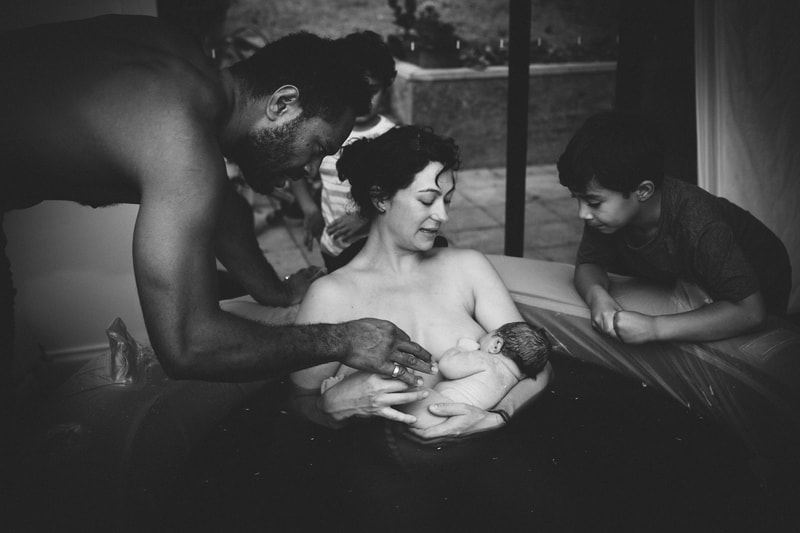IMAGE CREDIT: JERUSHA SUTTON
HOW DO I HAVE A HOMEBIRTH?
Many people are surprised to know that they can have a baby at home. According to the latest Mothers and Babies Report 2017 there were 806 babies who were born at home in Australia in 2017, however it is likely that this number is higher due to not being reported to the perinatal data collections.
Most women who have homebirths engage the services of an independent midwife. These midwives provide all your prenatal, labour, birth and postnatal care. Other women choose to have homebirths through a publicly funded program provided by a public hospital.
Most women who have homebirths engage the services of an independent midwife. These midwives provide all your prenatal, labour, birth and postnatal care. Other women choose to have homebirths through a publicly funded program provided by a public hospital.
CAN ANYONE HAVE A HOMEBIRTH?
Most healthy women with normal pregnancies are suitable candidates for a homebirth. You may be surprised to learn that women safely give birth at home to first babies after 40 weeks of pregnancy, with high BMI, after IVF, after PREVIOUS caesareans, or when they are in their 40s. Talk to Privately Practising Midwives about your particular situation and whether they feel confident to provide the services you require. The more health information you can give your midwife, the better her advice to you.
If you are having a homebirth via a publicly-funded homebirth program, there are some restrictions around which women and pregnancies are accepted into the program. These restrictions typically result in many women not being accepted into the program, though it's worthwhile speaking to your local homebirth program for more details. The restrictions typically include: only women birthing a baby between 37-42 weeks gestation, no prior caesarean scar, baby must be in head down (i.e. not breech) position, only singleton pregnancies (i.e. no twins), no group B streptococcus infection, no insulin dependent gestational diabetes, no mothers with high BMI or other health complications. In instances where you're unable to access a publicly funded homebirth, talking to a privately practising midwife to see if she is comfortable supporting you is a valid option.
If you are having a homebirth via a publicly-funded homebirth program, there are some restrictions around which women and pregnancies are accepted into the program. These restrictions typically result in many women not being accepted into the program, though it's worthwhile speaking to your local homebirth program for more details. The restrictions typically include: only women birthing a baby between 37-42 weeks gestation, no prior caesarean scar, baby must be in head down (i.e. not breech) position, only singleton pregnancies (i.e. no twins), no group B streptococcus infection, no insulin dependent gestational diabetes, no mothers with high BMI or other health complications. In instances where you're unable to access a publicly funded homebirth, talking to a privately practising midwife to see if she is comfortable supporting you is a valid option.
IS MY HOME SUITABLE FOR A HOMEBIRTH?
Any home is a suitable place to give birth as long as you feel comfortable and safe there. Babies are born in top-floor flats, homes with stairs and homes with children and pets present. Many women use water for pain relief during labour and many also choose to use a birth pool, which can be hired or purchased, or may come from your midwife as part of her fees. If you want to do this, consider the ease of access to hot running water. You may also want to consider the distance between your home and the nearest hospital in case you need to transfer to hospital during labour. You can ask your midwife about what arrangements she would make should you need to transfer. The most common reason for transfer to hospital is due to long labour and exhaustion, or obstructed labour, and typically are for non-emergent reasons.




